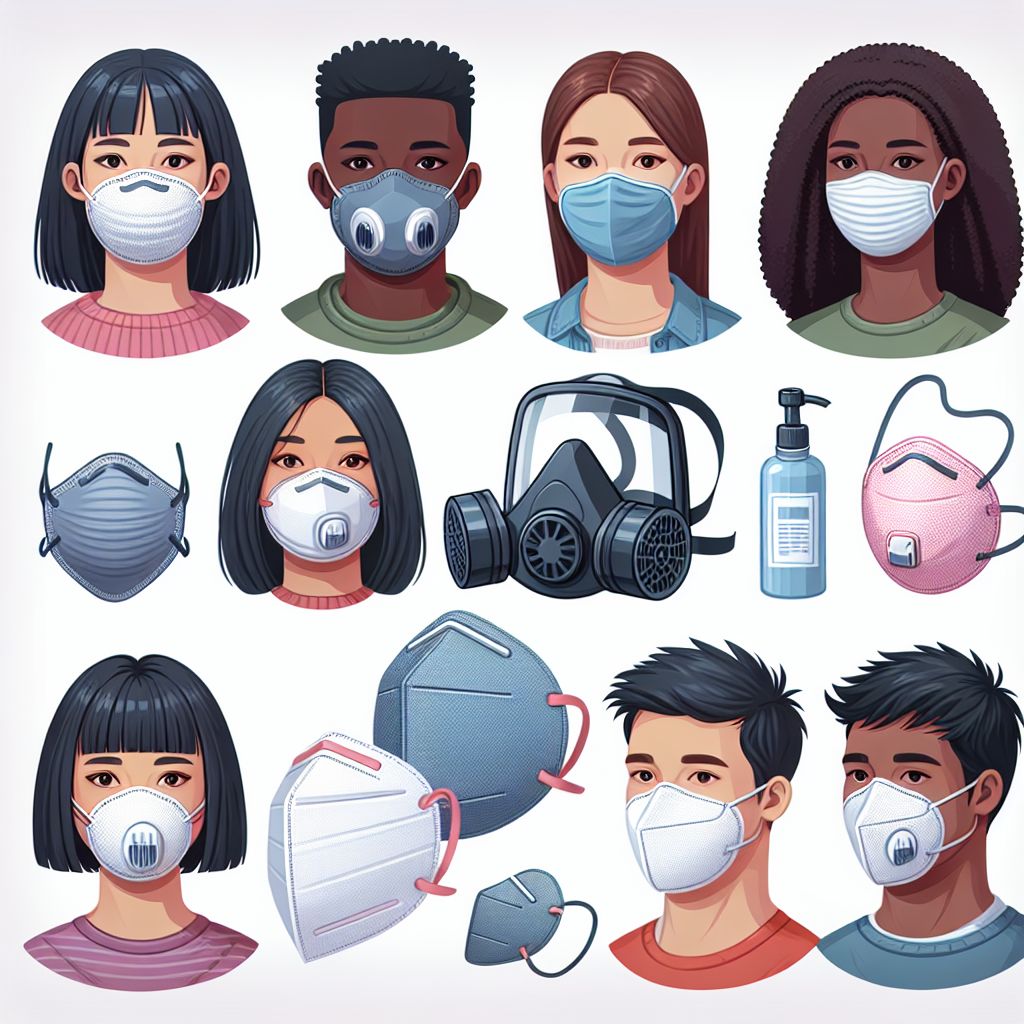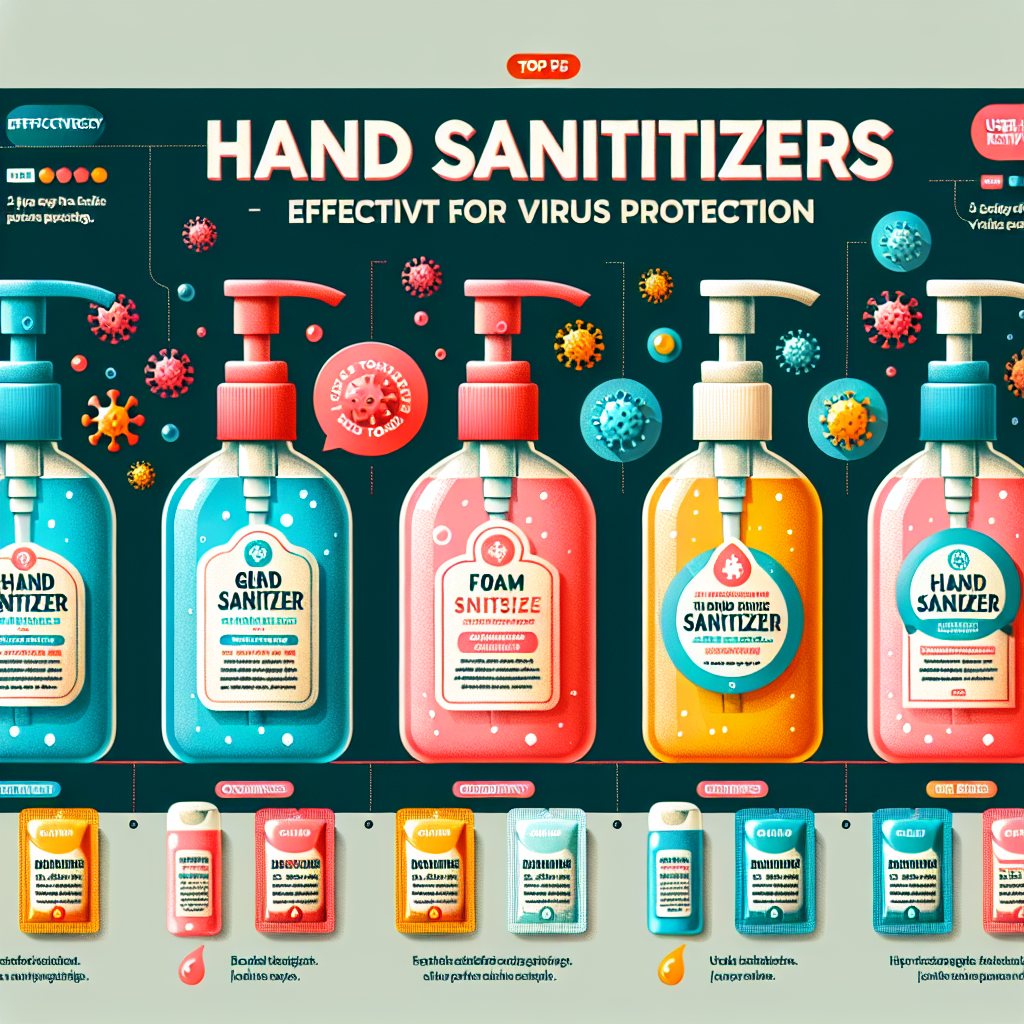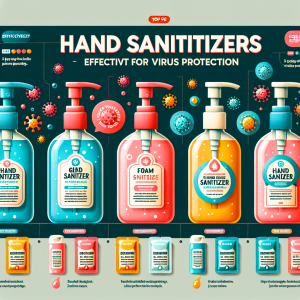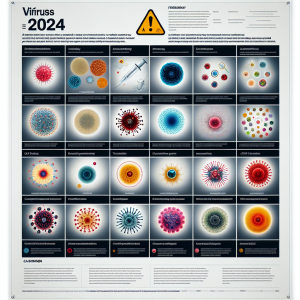What are the best masks for protection against viruses?
In recent times, the importance of protective masks has surged to the forefront of public health discussion, particularly in the context of respiratory viruses such as COVID-19 and influenza. Masks serve as a critical barrier, helping to mitigate the spread of these pathogens. Understanding the types of masks available, their effectiveness, and proper usage can empower individuals to make informed decisions regarding their health. This article explores the nuances of virus transmission, essential features to look for in a mask, top recommended masks for 2023, and best practices for usage and care.
Understanding Virus Transmission and the Role of Masks
Viruses primarily spread through respiratory droplets that are expelled when an infected person talks, coughs, or sneezes. These droplets can travel varying distances, depending on their size, and can linger in the air or settle on surfaces. Masks are designed to reduce the likelihood of these droplets reaching others, serving as a physical barrier to transmission. Additionally, they can also protect the wearer from inhaling infectious particles present in the air, thereby contributing to overall community health.
The efficacy of masks in virus transmission is well-documented. Studies, including those by the Centers for Disease Control and Prevention (CDC), have indicated that proper mask usage can significantly reduce the spread of respiratory viruses. Masks are particularly effective in crowded or poorly ventilated spaces, where the risk of airborne transmission is heightened. Public health guidelines often emphasize the combined effectiveness of mask-wearing with other preventive measures such as vaccination and hand hygiene.
To maximize the protective benefits of masks, it is essential to consider not only the type of mask being used but also the context in which it is worn. High-risk environments, such as healthcare settings or areas with high transmission rates, may necessitate more robust protective gear. As our understanding of virus transmission continues to evolve, so too does the guidance regarding mask usage, making it crucial for individuals to stay informed about the latest recommendations from health authorities.
Key Features to Consider in Protective Face Masks
When selecting a mask for virus protection, several important features should be taken into account. The filtration efficiency is paramount: masks that provide a high level of filtration, particularly against small aerosol particles, are more effective. For example, N95 respirators are designed to filter out at least 95% of airborne particles, making them a top choice for healthcare professionals and individuals in high-risk environments.
Another vital aspect is the mask fit. A well-fitting mask should cover the nose, mouth, and chin completely without any gaps. Masks that are too loose can allow unfiltered air to enter, reducing their effectiveness. Adjustable straps, nose wires, and various sizing options can help achieve a secure fit. Masks that are designed specifically for comfort and breathability, particularly for extended wear, are also advantageous for users.
Material composition plays a crucial role in mask efficacy as well. Multi-layered masks made from breathable yet effective fabrics can enhance protection. Masks with a combination of filter materials and those that are compliant with standards set by organizations such as the American Society for Testing and Materials (ASTM) or the National Institute for Occupational Safety and Health (NIOSH) are generally recommended. Understanding these features can guide individuals in selecting the right mask to suit their needs.
Top Masks Recommended for Virus Protection in 2023
In 2023, several masks have emerged as leading options for virus protection. N95 respirators continue to be the gold standard, providing superior filtration and a snug fit. Brands such as 3M and Honeywell offer N95 masks that meet rigorous safety standards. While N95 respirators are primarily recommended for healthcare settings, they are also suitable for individuals in high-risk situations where exposure to respiratory pathogens is likely.
For those seeking alternatives to N95 respirators, surgical masks provide adequate protection in many scenarios. These masks are designed to protect the wearer from large droplets and can filter a portion of smaller particles. Popular brands like ASTM Level 3 surgical masks have been widely used in both medical and community settings. Their affordability and accessibility make them a practical choice for daily use.
Additionally, there are cloth masks that offer a balance between comfort and protection. Masks made from multiple layers of tightly woven fabric combined with filter inserts can offer decent protection while being more comfortable for everyday wear. Brands such as Athleta and Old Navy have developed stylish and functional options that encourage consistent use among the public. However, it is crucial to ensure that these cloth masks adhere to recommended guidelines for material and fit to ensure effectiveness.
Proper Usage and Care for Maximum Mask Effectiveness
For masks to be truly effective, proper usage is critical. Masks should be worn consistently in crowded or enclosed spaces and when in close contact with others. It is essential to wear the mask correctly, covering the nose, mouth, and chin fully. Individuals should avoid touching the mask while wearing it; if they do, they should sanitize their hands immediately. It’s also advisable to change masks if they become damp, as their filtration capabilities can be compromised.
Cleaning and maintenance are equally important to prolong the lifespan and effectiveness of masks. For cloth masks, regular washing in hot water and thorough drying is recommended to eliminate any viral particles that may have accumulated. Surgical masks should be disposed of after each use, while N95 respirators, depending on the manufacturer’s guidelines, may be reused a limited number of times if they remain clean and undamaged. Storing masks in a clean, dry place is also essential when they are not in use.
Lastly, individuals must stay updated on guidelines provided by health organizations regarding mask usage and care. Changes in recommendations may occur due to emerging research on virus transmission or the appearance of new variants. Staying informed through reliable sources such as the CDC or the World Health Organization (WHO) can ensure that individuals are taking the appropriate precautions to protect themselves and their communities.
In conclusion, understanding the dynamics of virus transmission and the protective role of masks is vital for personal and public health. By considering key features such as filtration efficiency, fit, and material composition, individuals can select the most effective masks for their needs. The recommended masks for 2023, including N95 respirators, surgical masks, and high-quality cloth options, provide a range of choices suitable for various environments. Finally, adhering to proper usage and care practices will enhance mask effectiveness, contributing to the collective effort to reduce the spread of viruses in our communities. For more information, consider visiting reputable sources like the CDC, the WHO, or the American Lung Association.
Top hand sanitizers for virus protectionSeasonal flu vaccine effectivenessLatest research on virus transmissionRelevant LinkRelevant LinkRelevant Link













